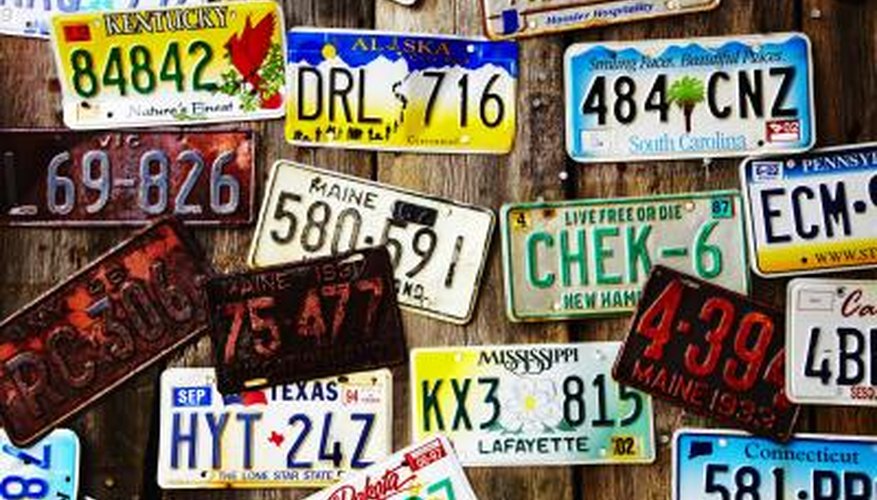According to a 2007 study from the National Institute for Literacy, illiteracy levels in the U.S. are surprisingly high. Twenty per cent of high school graduates are functionally illiterate, meaning their reading and writing skills are not strong enough to function in everyday tasks. Forty-two million Americans can't read at all, while 50 million cannot read at higher than a fourth- or fifth-grade level. There are consequences to this situation. Forty-three per cent of people with low literacy skills live in poverty, while 70 per cent of prison inmates are illiterate. Substandard numeracy, or the ability to reason with numbers, is a disadvantage in many daily life situations and leaves people vulnerable to fraud. Therefore, embedding literacy and numeracy into lessons is necessary and desirable.
- According to a 2007 study from the National Institute for Literacy, illiteracy levels in the U.S. are surprisingly high.
- Twenty per cent of high school graduates are functionally illiterate, meaning their reading and writing skills are not strong enough to function in everyday tasks.
Infuse your language classes with some stealthy numeracy. Play a game such as "Shopping Abroad." Give your students a set amount of dollars to play with. Then let them "shop" in the foreign country of your choice. First, students must convert the dollars into local currency. Then have your students translate the names of the goods they wish to buy into the target language. Finally, students must research how much these items cost in the foreign country and how much they can buy with their money. Add a competitive element by declaring the savviest shopper the winner.
- Infuse your language classes with some stealthy numeracy.
- First, students must convert the dollars into local currency.

Add literacy to math lessons with the time-honoured method of word problems. Set tasks such as "Two farmers go to market with their crop of apples. One sells a pound for two dollars, the second sells a kilogram for five dollars. Who has earned more at the end of the day?" Let your students write the solutions in words. Create fun and literacy training with similar brain teasers.

Adapt literacy and numeracy education for vocational training. Train budding builders' numeracy skills by giving them measuring tasks. Have students measure the piece of land a house will be built on. Then have them read the architect's plan (literacy). Finally, students should work out how much materials will be needed to build the house and how much it will cost. Cooks and bakers train basic skills by reading and writing recipes. Let students evaluate how much of every ingredient they need (numeracy) and how long the dishes need to cook.
- Add literacy to math lessons with the time-honoured method of word problems.
- Cooks and bakers train basic skills by reading and writing recipes.
Train your students' literacy and numeracy by giving them business reports to read. Ask them for a summary of the report in their own words. Have your students research facts on the Internet and give them calculation tasks. How much money is needed to start up a business? What are the factors that could influence this? How much would it cost to open a hairdressing salon in Ohio? How much in New York? Have your students write a report about their findings.
- Train your students' literacy and numeracy by giving them business reports to read.
Develop your students' literacy and numeracy skills simply by playing games. Certain word-based games combine both skills in a fun way by building spelling skills to play the game and numeracy skills through working out the scores. Sing "Twelve Days of Christmas" and invent new things your true love could give you. Let your students' imaginations run wild and have them write everything down. Shout out random numbers which they have to multiply and sing about. For example, if your students sing "two turtle doves," you shout 14, then they would sing "28 turtle doves," and so on.
